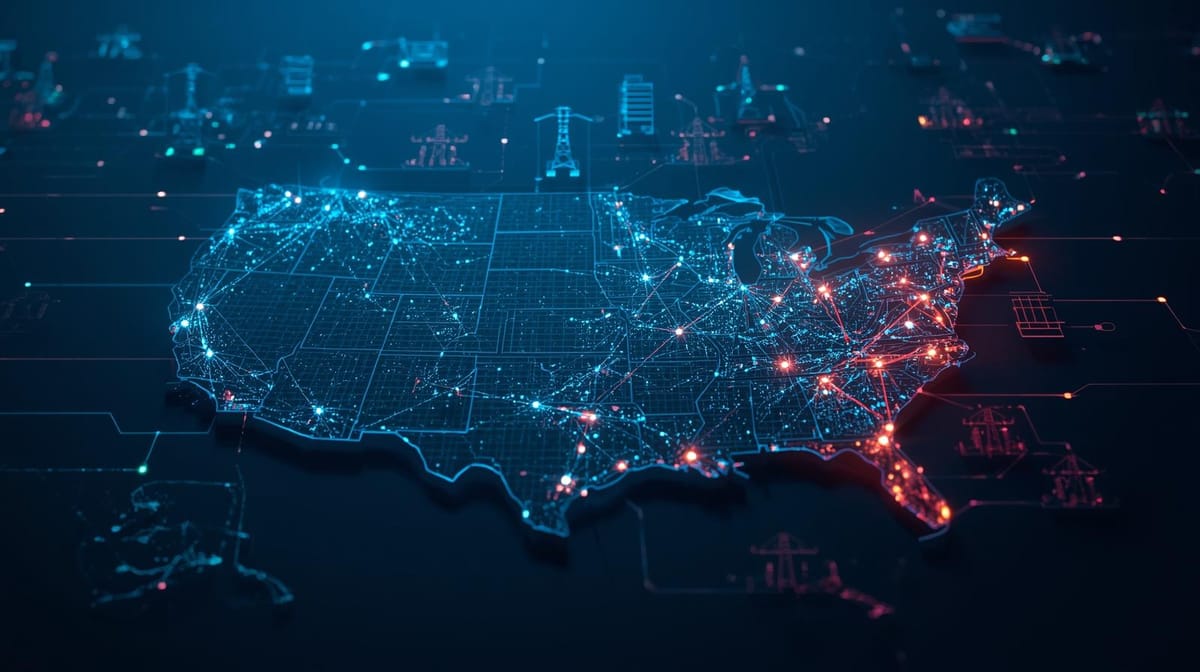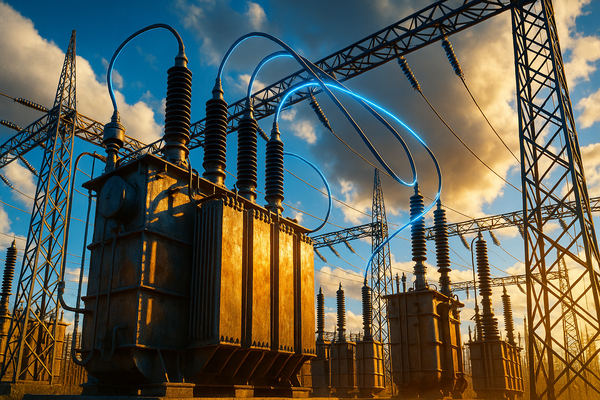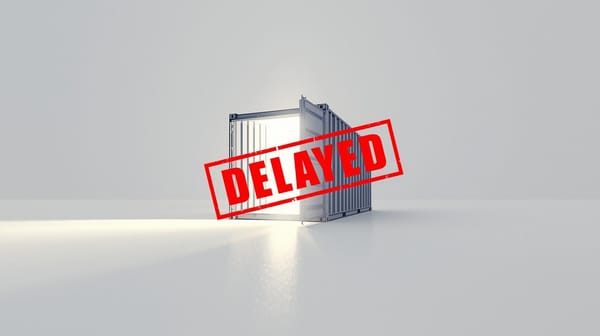Grid Readiness Index 2025: Ranking U.S. Data Center Markets by Power Delivery Risk

Why Power Delivery Risk Now Defines the Market
For decades, data center site selection was a triangle of land, fiber, and labor. Today, that triangle has a new apex: power delivery risk.
Transformer shortages, interconnection queues, and strained utilities are delaying projects by 18–36 months across U.S. markets. For hyperscalers and investors, that lag isn’t just inconvenient—it’s a hidden cost driver that reshapes ROI models and valuations.
To move beyond anecdotes, we’ve built the Grid Readiness Index (GRI): a scoring framework that ranks markets by their exposure to power delivery risk. This Index accounts for four key factors:
- Transformer Lead Times – average time from order to energization
- Interconnection Queue Risk – length, transparency, and probability of approval
- Regulatory Drag – permitting and policy obstacles unique to the market
- Load Flexibility – the ability to shift or throttle workloads during peak demand
Case Study: Google’s Demand-Response Agreements
Last week, news broke that Google signed agreements with Indiana Michigan Power (I&M) and the Tennessee Valley Authority (TVA) to intentionally throttle AI/ML workloads during peak demand. Non-latency-sensitive tasks like model training can be paused or rescheduled, giving utilities breathing room when the grid is stressed.
Why this matters for investors:




